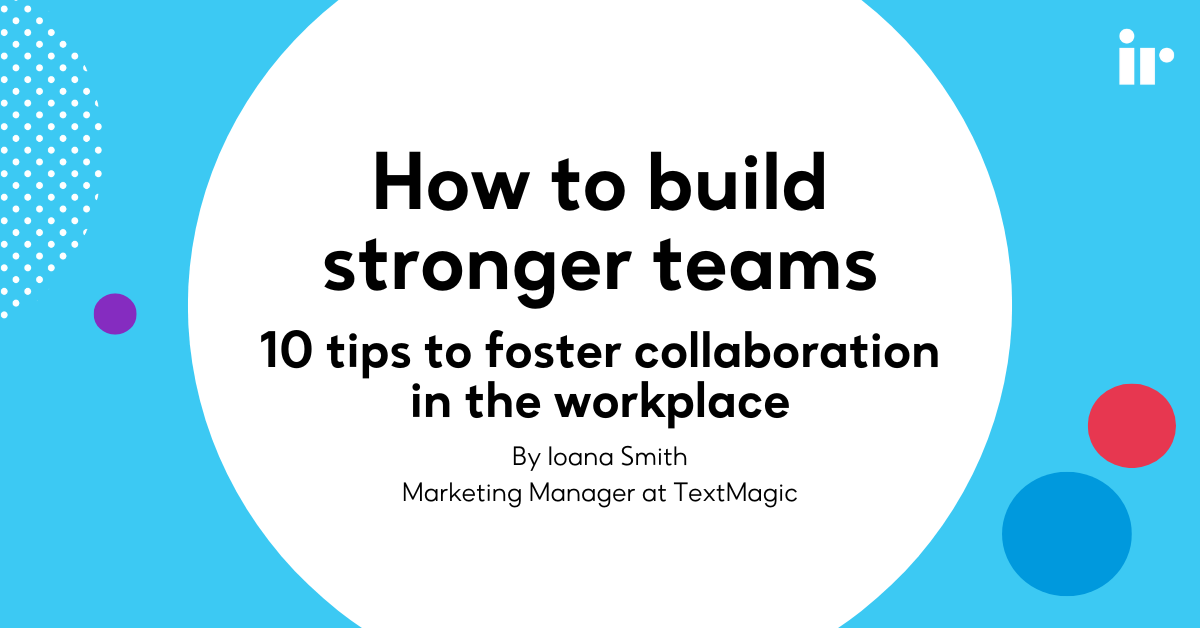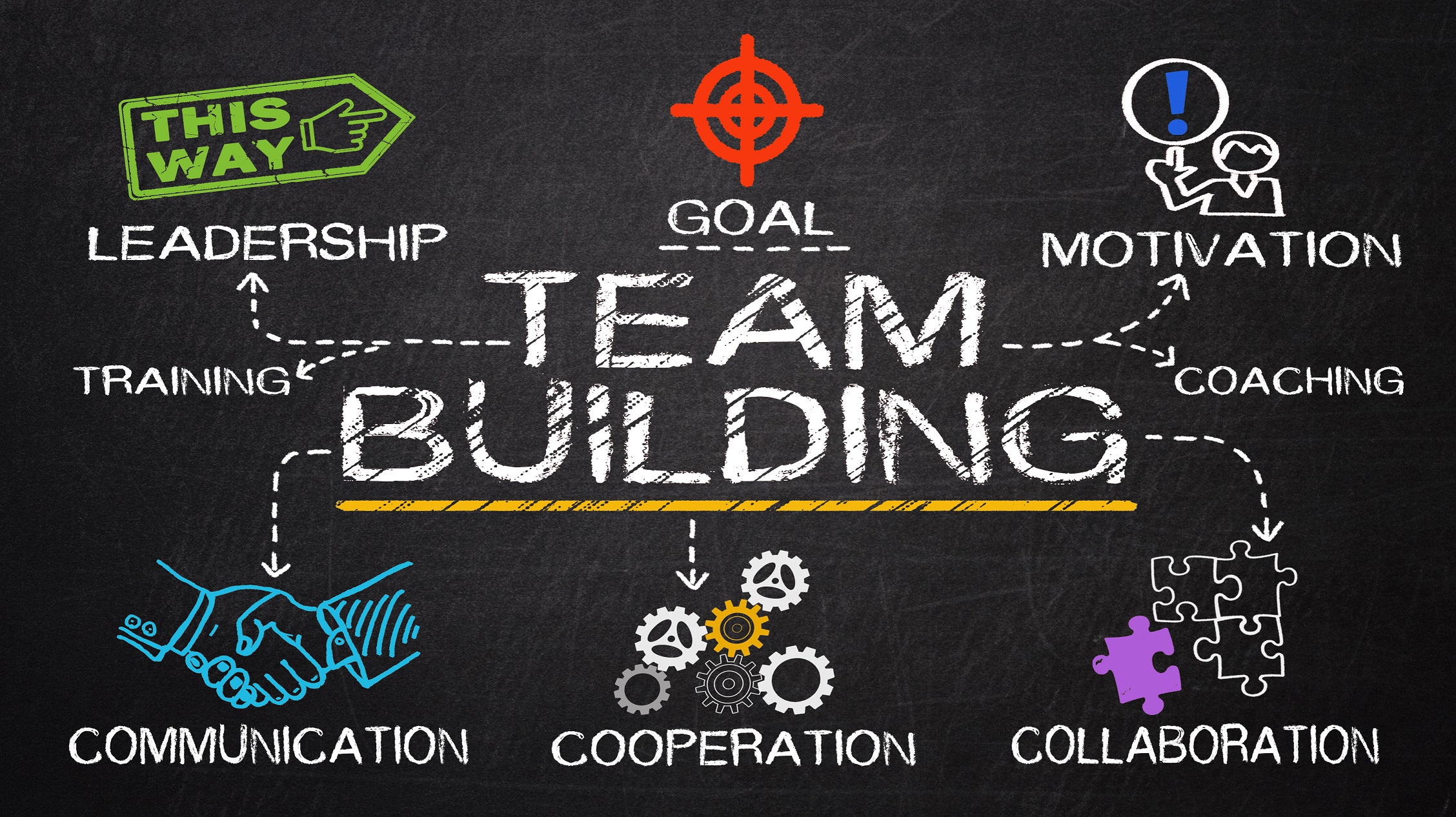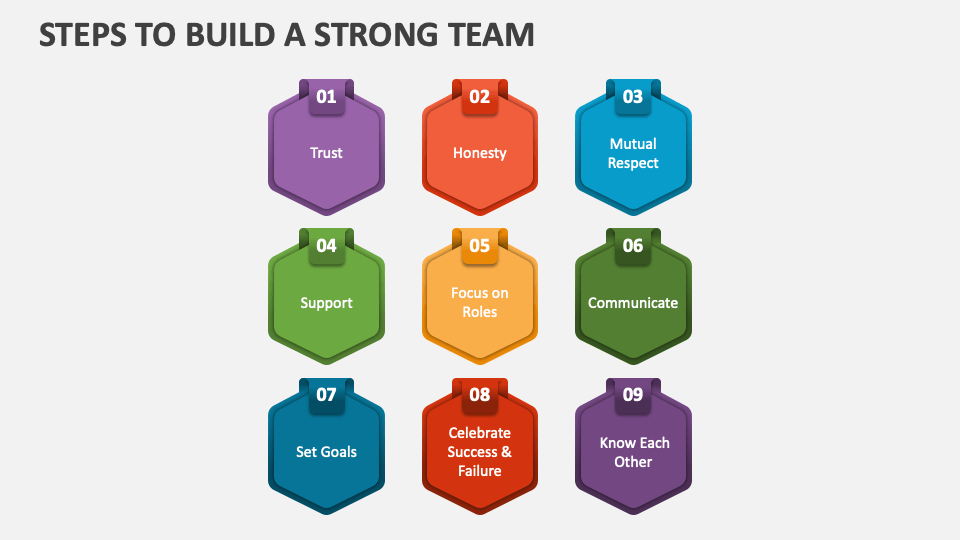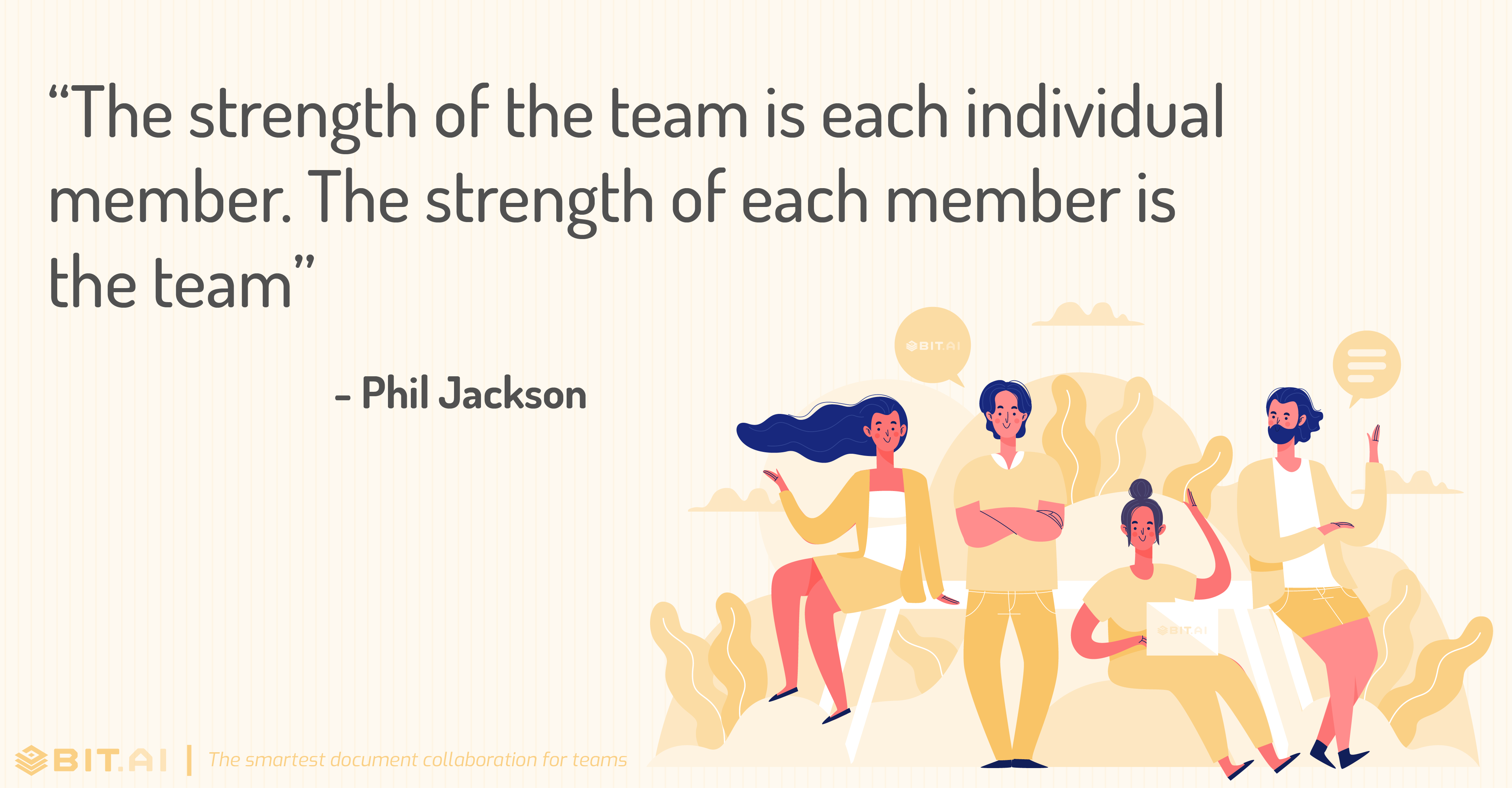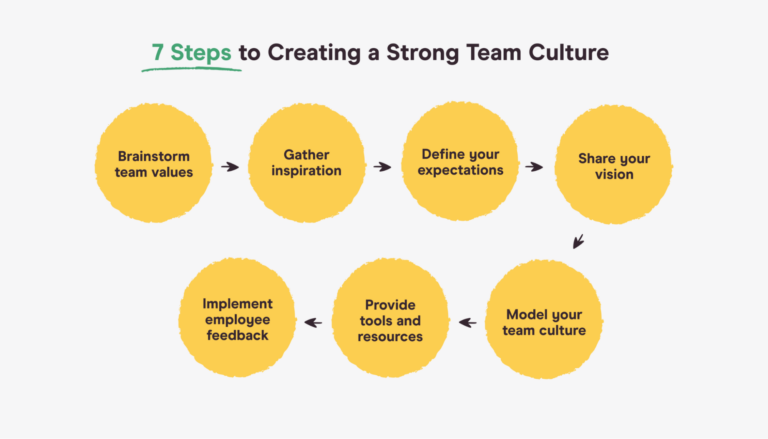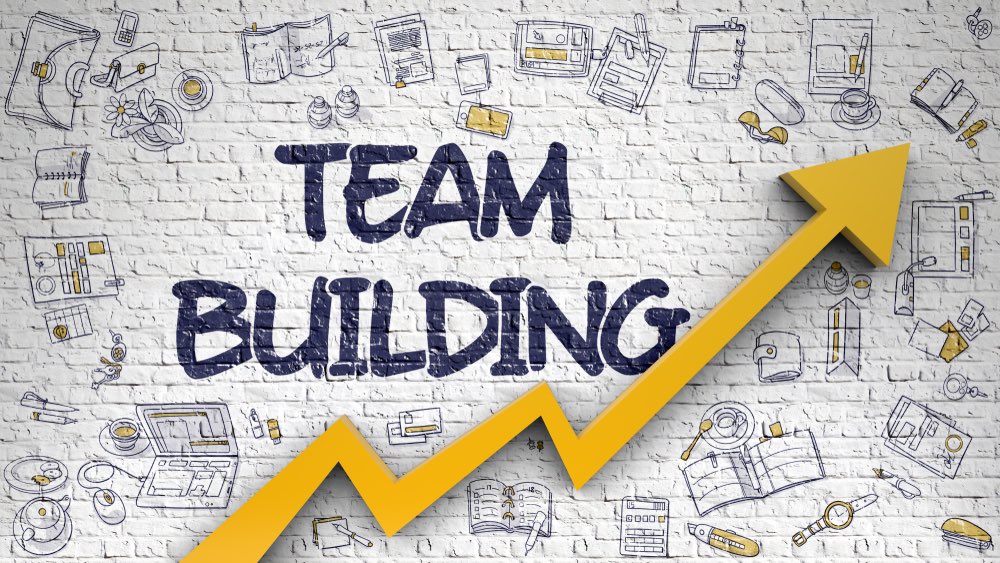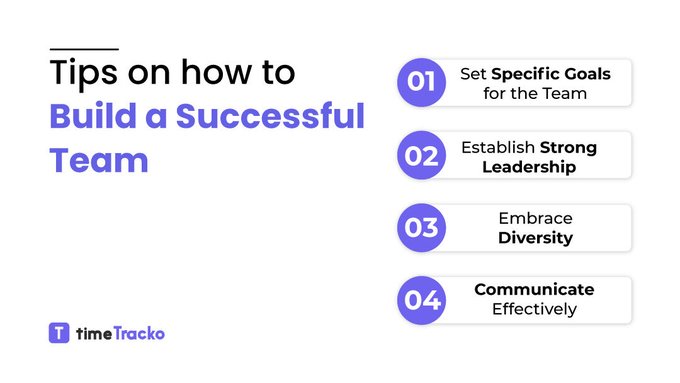How To Build A Strong Team At Work
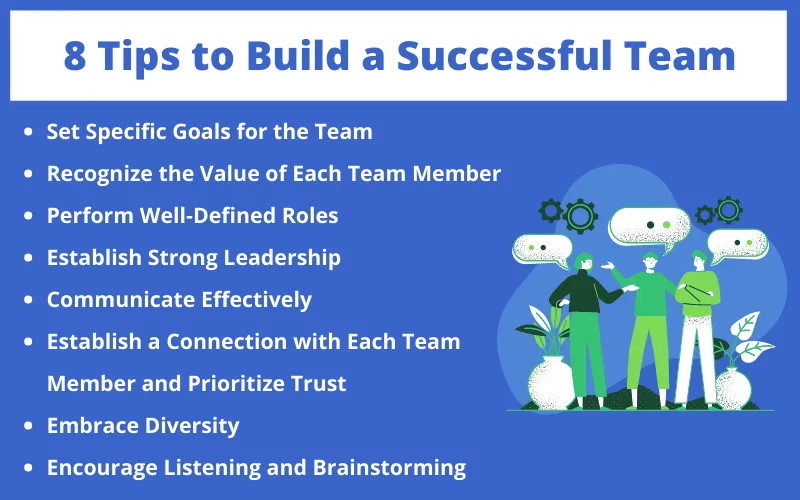
Imagine a workplace humming with collaboration, where ideas flow freely and challenges are met with unified strength. Picture a team where every member feels valued, heard, and empowered. This isn't just a utopian fantasy, but a tangible reality that can be built with intention and effort.
This article explores actionable strategies for building a strong and cohesive team at work. We will delve into key elements like communication, trust, shared goals, and recognition, providing practical insights for fostering a positive and productive work environment.
The Foundation: Trust and Communication
At the heart of any successful team lies trust. Team members must feel safe to share their thoughts, concerns, and ideas without fear of judgment or reprisal.
Open and honest communication is the bedrock upon which this trust is built.
Regular team meetings, both formal and informal, provide opportunities for dialogue and information sharing.
Furthermore, active listening is crucial. This means truly hearing what others are saying, understanding their perspective, and responding thoughtfully. According to a study by Harvard Business Review, teams that prioritize psychological safety, where members feel comfortable taking risks and being vulnerable, are more innovative and effective.
Shared Goals and Clear Roles
A team without a clear direction is like a ship without a rudder. Everyone needs to be aligned on a common goal, understanding how their individual contributions contribute to the bigger picture.
Clearly defined roles and responsibilities are equally important. When each team member knows what is expected of them, confusion and overlap are minimized, leading to increased efficiency.
Setting SMART goals (Specific, Measurable, Achievable, Relevant, and Time-bound) helps to ensure that everyone is working towards a common objective.
Fostering Collaboration
Collaboration is more than just working alongside each other; it's about actively engaging and contributing to a shared outcome.
Encourage brainstorming sessions where everyone feels free to voice their ideas, no matter how unconventional.
Cross-functional projects can also be beneficial, bringing together individuals from different departments to share their expertise and perspectives.
"The strength of the team is each individual member. The strength of each member is the team." - Phil Jackson, legendary basketball coach.
Recognition and Appreciation
Everyone wants to feel valued for their contributions. Recognizing and appreciating team members' efforts is a powerful motivator.
This doesn't always have to involve grand gestures; a simple "thank you" or a public acknowledgment of a job well done can go a long way.
Consider implementing a system for peer-to-peer recognition, allowing team members to acknowledge each other's contributions.
Addressing Conflict Constructively
Conflict is inevitable in any team setting. The key is to address it constructively and proactively.
Establish clear guidelines for resolving disputes, and encourage open communication to address issues before they escalate.
Mediation or facilitation can be helpful in resolving more complex conflicts, ensuring that everyone feels heard and understood.
Continuous Improvement and Learning
Building a strong team is an ongoing process, not a one-time event. Regularly assess the team's dynamics and identify areas for improvement.
Provide opportunities for professional development and training to help team members grow and enhance their skills.
Encourage a culture of learning and experimentation, where mistakes are seen as opportunities for growth.
In conclusion, building a strong team requires a deliberate and sustained effort. By prioritizing trust, communication, shared goals, and recognition, leaders can cultivate a work environment where individuals thrive, collaborate effectively, and achieve remarkable results. Remember that a strong team is not just a collection of individuals, but a cohesive unit working together towards a common purpose, creating a ripple effect of success throughout the organization and for each team member.



